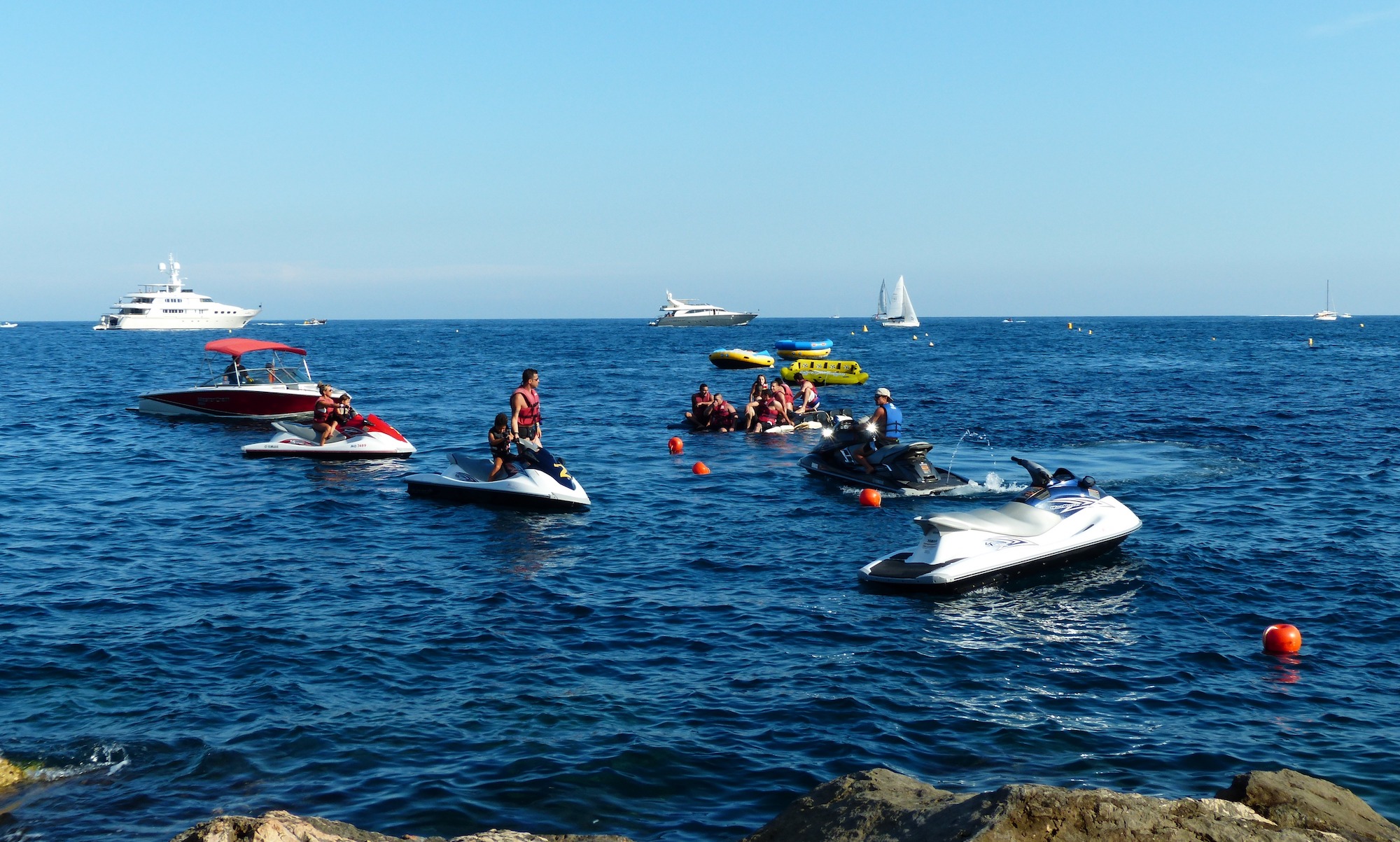On July 15, 2023, 48-year-old Michelle Austin of Asheboro, North Carolina sustained massive, colorectal injuries when she fell off the back of a Yamaha Waverunner and came into contact with the high-pressure jet of water produced by the watercraft’s propulsion system. She was immediately rushed to a nearby emergency room for life-saving medical intervention including the surgical implantation of a colostomy bag. The accident occurred on Badin Lake in Montgomery County, North Carolina.
Yamaha is well aware of the risk of orifice injuries as it has been sued dozens of times (dating back to 1991) by women that, like Michelle, sustained severe colorectal injuries upon falling off the back of Yamaha manufactured PWCs. So not only is Yamaha well aware of the nature, mechanism and severity of PWC orifice injuries, but it is also aware of the fact that such injuries have continued to occur on its products for over thirty years (and, not surprisingly, with increased frequency as increasingly more powerful machines are manufactured and released into the market). Likewise, there is a mountain of evidence establishing Yamaha’s knowledge of the existence of safer alternative designs which would prevent injuries such as those sustained by Michelle, including a raised seatback with more lumbar support, and Yamaha owned patents of modified seat designs and handholds (with the stated purpose of reducing the risk of rearward ejections).
Despite its knowledge of such alternative designs that would substantially reduce the risk of orifice injuries, Yamaha has chosen to shift the blame to the victims, suggesting they are at fault for not wearing a wetsuit. They take this position despite being fully aware that—like Charlize Theron in the above photo—people are not inclined to wear wetsuits on personal watercraft. In any event, Yamaha’s reliance on a warning despite the availability of safer alternative designs is a violation of core safety engineering principles. Laughery, Kenneth et al. “The Safety Hierarchy and Its Role in Safety Decisions.” www.safetyhumanfactors.org.
Ms. Austin is being represented by Mazzola Law Firm, PLLC. The case, styled Michelle Austin v. Yamaha Motor Co., Ltd., et al, will be filed in Montgomery County, North Carolina upon completion of additional investigation.
Those interested in following this matter (or any matter referenced on this website) can check back for blog updates documenting case developments or simply subscribe to the RSS feed.


